Table of content
White chrysanthemums, scientifically known as Chrysanthemum morifolium, have long been revered for their delicate beauty and versatile applications. From traditional medicine to herbal teas and ornamental crafts, these flowers hold a cherished place in cultures worldwide. One of the most effective ways to retain their essence is through proper drying—a process that requires patience, precision, and adherence to time-tested techniques. This article explores the step-by-step methodology of drying white chrysanthemums, ensuring their color, aroma, and therapeutic properties are preserved for months or even years.
Understanding White Chrysanthemums: More Than Meets the Eye
Before diving into the drying process, it is essential to appreciate the significance of white chrysanthemums. Native to East Asia, these flowers symbolize purity, longevity, and resilience in many societies. Their petals contain flavonoids, antioxidants, and essential oils, which contribute to their medicinal properties, including anti-inflammatory and calming effects. When dried correctly, these compounds remain intact, making the flowers a valuable ingredient in herbal remedies, teas, and aromatherapy.
Step 1: Harvesting at the Right Time
The journey to perfectly dried white chrysanthemums begins with harvesting. Timing is critical to ensure optimal moisture content and potency.
- Ideal Harvest Time: The best time to pick white chrysanthemums is late morning, after the dew has evaporated but before the sun’s intensity peaks (typically between 10 AM and 12 PM). This ensures the flowers are dry but not wilted.
- Flower Maturity: Choose blooms that are fully open but not past their prime. Petals should be firm, vibrant, and free from blemishes or discoloration. Avoid flowers with brown edges or drooping petals, as these may indicate decay.
- Tools: Use clean, sharp pruning shears or scissors to cut the stems. Avoid tearing, as it can damage the plant and introduce pathogens.
Step 2: Preparing the Flowers for Drying
Proper preparation prevents mold growth and ensures even drying.

- Stem Removal: Cut the stems to 1–2 inches below the flower head. Longer stems may complicate the drying arrangement.
- Petal Inspection: Gently remove any insects, dirt, or damaged petals. A soft brush or cloth can be used for delicate cleaning.
- Grouping: Bundle 5–7 flowers together using twine, rubber bands, or string. Avoid overcrowding, as this impedes airflow.
Step 3: Choosing the Drying Method
Several techniques can be employed to dry white chrysanthemums, each with its own advantages. The choice depends on available resources, climate, and desired outcome.
Method 1: Air Drying (Hanging)
This traditional approach is ideal for dry, warm climates.
- Location: Select a dark, well-ventilated area with low humidity. Avoid direct sunlight, as it bleaches the petals and degrades essential oils.
- Setup: Hang the flower bundles upside down from a rack, clothesline, or hook. Ensure they are not touching to prevent mold.
- Duration: Drying typically takes 2–4 weeks. Check periodically for brittleness—a sign of complete drying.
Method 2: Oven Drying
A quicker alternative for those in humid regions.
- Preparation: Preheat the oven to its lowest setting (ideally below 100°F/38°C). Higher temperatures risk cooking the flowers instead of drying them.
- Arrangement: Place flowers in a single layer on a baking sheet lined with parchment paper.
- Process: Leave the oven door slightly ajar to allow moisture to escape. Check every 15–20 minutes, flipping the flowers gently. Drying time ranges from 1–3 hours.
Method 3: Dehydrator Drying
For consistent results, a food dehydrator is highly recommended.
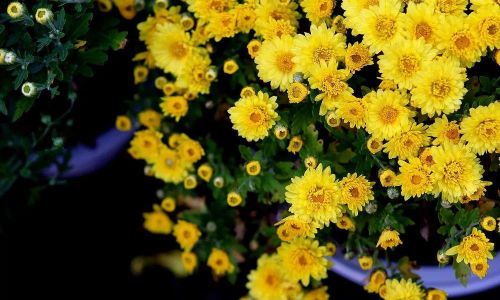
- Temperature: Set the dehydrator to 95°F (35°C).
- Spacing: Arrange flowers in a single layer, ensuring petals do not overlap.
- Duration: Dry for 6–12 hours, depending on humidity and flower thickness.
Method 4: Microwave Drying
A rapid method for small batches (use with caution to avoid burning).
- Materials: Place flowers between two paper towels on a microwave-safe plate.
- Settings: Use short bursts (30 seconds) on low power. Check and adjust positioning between intervals.
- Duration: Typically completes in 2–5 minutes.
Step 4: Monitoring the Drying Process
Regardless of the method, vigilance is key to preventing over-drying or spoilage.
- Texture Test: Fully dried petals should crumble easily when rubbed between fingers.
- Color Check: White chrysanthemums retain their pale hue if dried correctly. Yellowing or browning indicates excessive heat or humidity.
- Odor Assessment: Freshly dried flowers emit a subtle, sweet scent. A musty smell signals mold or incomplete drying.
Step 5: Storage Solutions
Proper storage preserves the flowers’ quality and extends their shelf life.
- Containers: Use airtight glass jars, metal tins, or resealable plastic bags. Avoid cardboard, as it absorbs moisture and oils.
- Environment: Store in a cool, dark place (below 70°F/21°C) with humidity levels below 40%.
- Additives: To deter pests, place a silica gel packet or dried bay leaves in the container. Avoid mothballs, as they contaminate the flowers’ aroma.
Step 6: Post-Drying Uses and Applications
Dried white chrysanthemums open doors to a myriad of creative and practical uses.
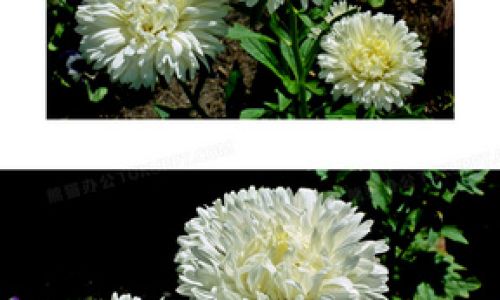
- Herbal Teas: Steep 1–2 teaspoons of dried petals in hot water for 5 minutes. Add honey or lemon for flavor.
- Medicinal Infusions: Combine with chamomile or ginger for a soothing herbal remedy.
- Potpourri: Mix with dried lavender, rosemary, and cinnamon sticks for a fragrant home decoration.
- Crafts: Incorporate into wreaths, candles, or resin jewelry for an elegant touch.
- Skincare: Infuse petals in carrier oils (e.g., jojoba) to create a gentle facial toner.
Troubleshooting Common Issues
Even with careful planning, challenges may arise. Here’s how to address them:
- Mold Growth: If mold appears during drying, discard affected flowers immediately to prevent contamination.
- Brittle Petals: Over-dried flowers can be revived slightly by placing them in a sealed container with a slice of fresh apple for 24 hours.
- Dull Color: To restore vibrancy, add a pinch of baking soda to the storage container.
Cultural and Historical Context
The practice of drying chrysanthemums dates back centuries. In ancient China, they were used in Traditional Chinese Medicine (TCM) to balance “yin” and “yang” energies. Japanese tea ceremonies often feature dried chrysanthemums for their calming effects. Even today, many cultures associate these flowers with autumn festivals and acts of remembrance.
Sustainability and Ethical Considerations
For eco-conscious individuals, drying white chrysanthemums aligns with zero-waste living. If harvesting from the wild, ensure the plants are not endangered and follow local regulations. For cultivated flowers, opt for organic practices to avoid pesticide residues.
Conclusion: A Timeless Preservation Art
Drying white chrysanthemums is both a science and an art. It requires respect for nature’s rhythms, attention to detail, and a willingness to experiment. Whether you’re a herbalist, crafter, or tea enthusiast, mastering this process allows you to carry the beauty and benefits of these flowers far beyond their blooming season. With patience and practice, you’ll soon create a stash of dried chrysanthemums that delight the senses and nourish the spirit.
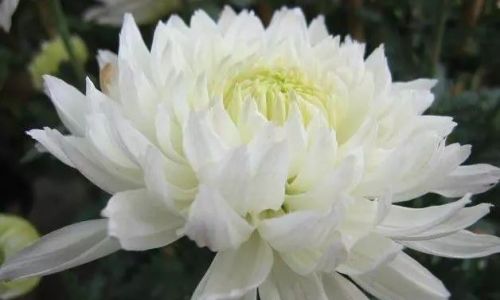
Final Tip: Label your storage containers with the drying date and method. This simple step ensures you use the oldest batches first, maintaining freshness and potency.
By following this guide, you’ll transform fragile blooms into enduring treasures—a testament to the harmony between humanity and nature.
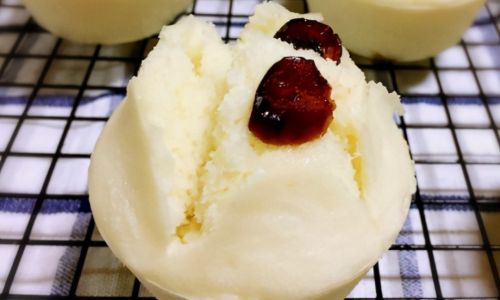
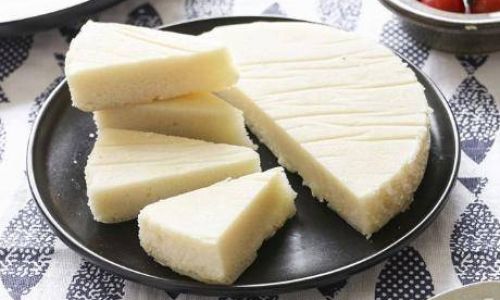
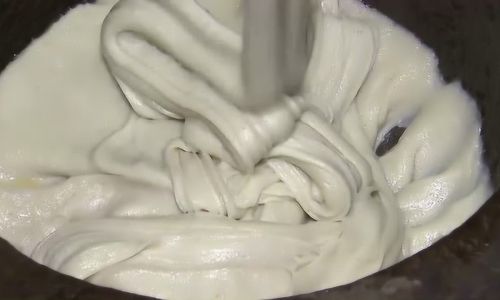



0 comments